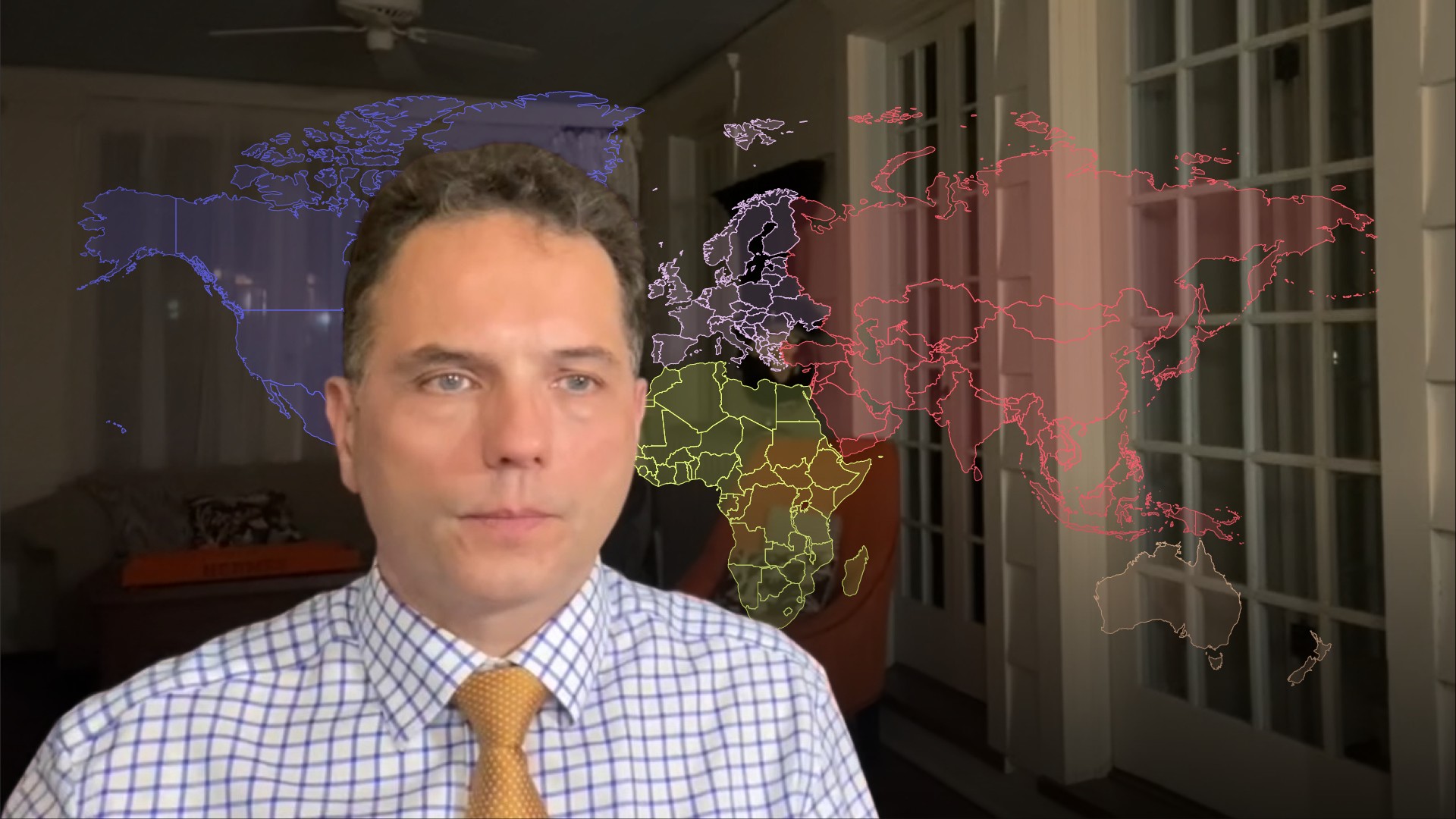
Rationale & History of ETFs

Gontran de Quillacq
25 years: Derivatives trading & ETFs
ETFs track an index, and there is a huge range of indices. They have much lower 'expense ratios' (that's how the management fees are named for ETFs). Join Gontran as he explains the reasons for using ETFs along with their historical developments.
ETFs track an index, and there is a huge range of indices. They have much lower 'expense ratios' (that's how the management fees are named for ETFs). Join Gontran as he explains the reasons for using ETFs along with their historical developments.
Subscribe to watch
Access this and all of the content on our platform by signing up for a 7-day free trial.

Rationale & History of ETFs
13 mins
Key learning objectives:
Understand the uses of ETFs
Understand the historical developments of ETFs and asset classes
Overview:
ETFs track an index, and there is a huge range of indices. They have much lower 'expense ratios' (that's how the management fees are named for ETFs). An ETF based on the S&P 500 allows you to gain exposure to a wide and diversified portfolio of stocks. The first bond funds were issued by iShares in 2002. They recently passed $1 tn in assets.
Subscribe to watch
Access this and all of the content on our platform by signing up for a 7-day free trial.
Highlight the main reasons for using ETFs.
The costs of running an ETF are extremely cheap. While an active or passive fund's management charge ranges from 0.70 percent to 1.5 percent, ETFs have substantially lower 'expense ratios.'
- An exchange-traded fund (ETF) based on a big benchmark, such as the S&P 500, allows you to quickly obtain exposure to a diverse portfolio of equities. For one of such products, the management charge is typically 3-10 basis points, or 0.03 percent to 0.1 percent.
- The expense ratio of Invesco's QQQ ETF, which tracks the Nasdaq, is 20 basis points.
- The SPDRs, which are State Street's sector ETFs, currently carry a cost ratio of 12 basis points.
Why should investors use ETFs?
Investors may use ETFs to:
- Make quick tactical adjustment to their portfolios
- Acquire a core allocation of a portfolio, on which they add tilt, for instance
- Rebalance the portfolio based on sectors or factors
- Gain International exposure
- Do overlays with options in a diversified manner
Understand the main historical developments of ETFs
- The regional ETFs created by iShare (BlackRock) in 1996 were the second series of ETFs that followed the S&P 500 in 1993. These ETFs are listed in the United States and traded on a US exchange. They invest in overseas stocks and track MSCI indices.
- The Spiders, also known as StateStreet's sectors etfs (Financial, Energy, etc. ), were first presented in December 1998.
- In 2000, iShares released small-cap indices. The Russell 2000 ETF is their most well-known product, although they also provide style versions (growth, value, etc.) as well as S&P Small cap references.
- The venerable EFA ETF from BlackRock is the main regional “Developed Markets” ETF. It was introduced in 2001 and tracks the MSCI EAFE (Europe, Asia and Far East). It has an AUM of $54 bn right now.
- iShares launched the first bond funds in 2002. They recently surpassed the $1 trillion mark in assets.
- The first alternative index weightings were created by S&P in 2003. At every rebalance, all the stocks are re-weighted so that they have the same weight in the index. You can also weight indices based on their 'value' factor, their 'dividend' yield or any criteria.
- The commodities ETFs were introduced in 2004. The most famous are GLD, from Statestreet, issued in 2004, tracks the Gold bullions.
- In 2008, active weighted ETFs were approved. These are exchange-traded funds (ETFs) that do not track an index in a passive manner.
- Momentum factor ETFs, also called "Smart Betas", were introduced in 2011.
- The last generation of ETFs are the leveraged ETFs, 2x, 3x or reverse leverage they go up when the related asset goes down.
Subscribe to watch
Access this and all of the content on our platform by signing up for a 7-day free trial.

Gontran de Quillacq
There are no available Videos from "Gontran de Quillacq"



























